In the complex world of reptilian biology, snakes stand out for their remarkable adaptations that enable them to thrive in diverse environments. Among these adaptations, the relationship between humidity and digestion represents a fascinating intersection of environmental factors and physiological processes. Unlike mammals, snakes don’t chew their food but swallow prey whole, creating unique digestive challenges that are influenced by environmental conditions. Humidity—the amount of water vapor present in the air—plays a crucial and often overlooked role in how snakes process their meals. From activating digestive enzymes to facilitating waste elimination, moisture levels in a snake’s environment directly impact its ability to efficiently convert prey into energy. This intricate connection between humidity and digestion showcases the delicate balance between a snake’s internal biology and its external surroundings.
The Basics of Snake Digestion

Snake digestion differs dramatically from that of mammals, as these remarkable reptiles have evolved specialized systems to consume prey much larger than their head diameter. Unlike humans who begin digestion in the mouth through chewing and salivary enzymes, snakes secrete powerful digestive enzymes directly in their stomach and intestines to break down whole prey items. Their expandable jaws, connected by elastic ligaments rather than rigid joints, allow them to swallow animals that may exceed their own body diameter. After consumption, a snake’s stomach produces highly acidic secretions that begin breaking down everything—including bones, fur, and feathers—in a process that can take days or even weeks depending on meal size and environmental conditions. This complete digestive system represents an evolutionary marvel that eliminates waste and maximizes nutrient extraction from each meal.
Humidity’s Role in Enzyme Activation
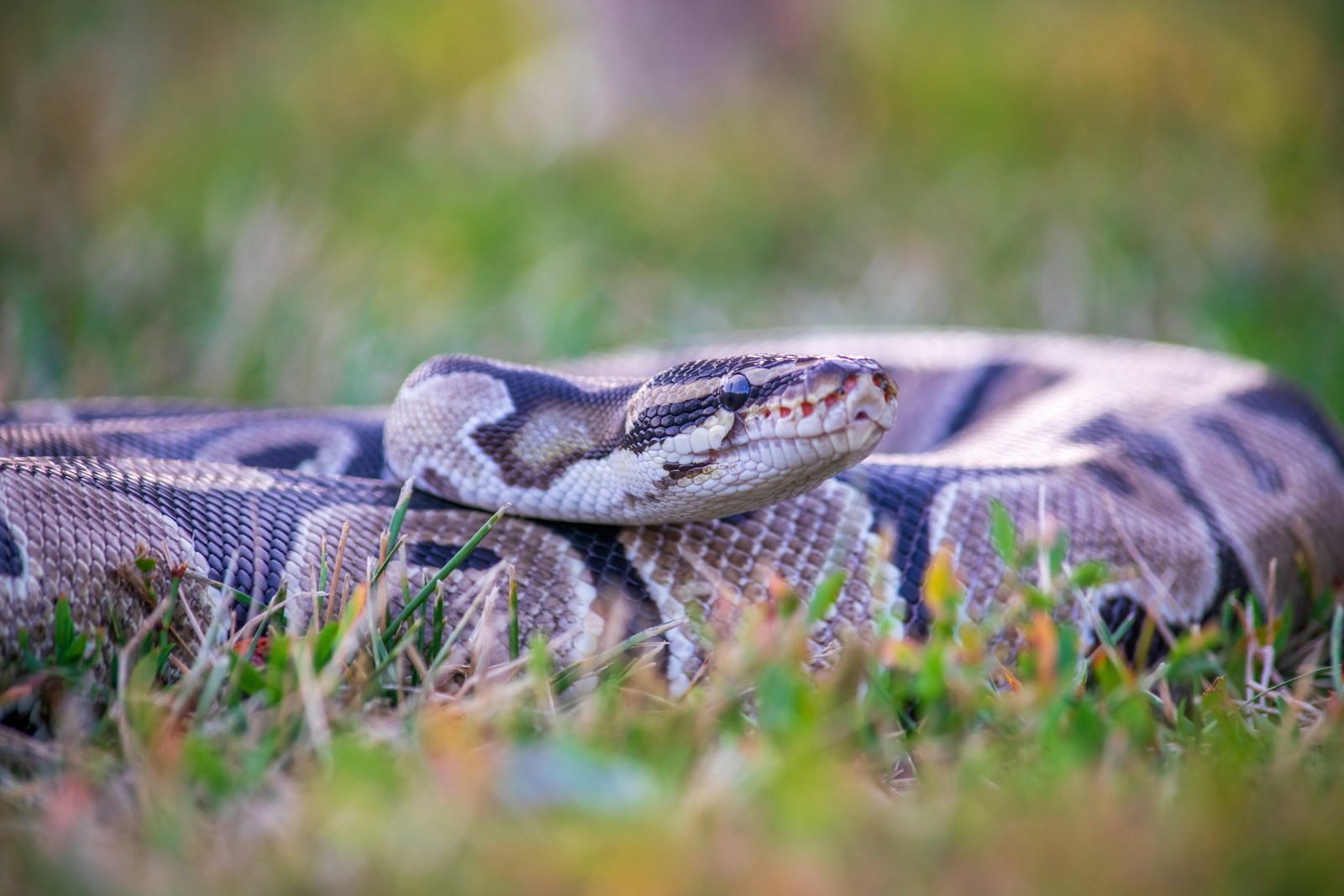
Proper humidity levels play a critical role in activating the digestive enzymes that snakes rely on to break down their prey. These enzymes require adequate moisture to reach their optimal functionality, with research showing that dehydrated snakes often experience reduced enzymatic efficiency. In properly humidified environments, the digestive secretions maintain their viscosity and chemical properties, allowing them to thoroughly penetrate and break down prey tissues. Studies have demonstrated that snakes kept in environments with humidity levels below their species requirements show measurable decreases in digestive efficiency and may require significantly longer to process meals. For many tropical and subtropical species, ambient humidity below 50% can reduce digestive enzyme activity by up to 30%, illustrating how crucial environmental moisture is to their metabolic processes.
Hydration and Gastric Acid Production
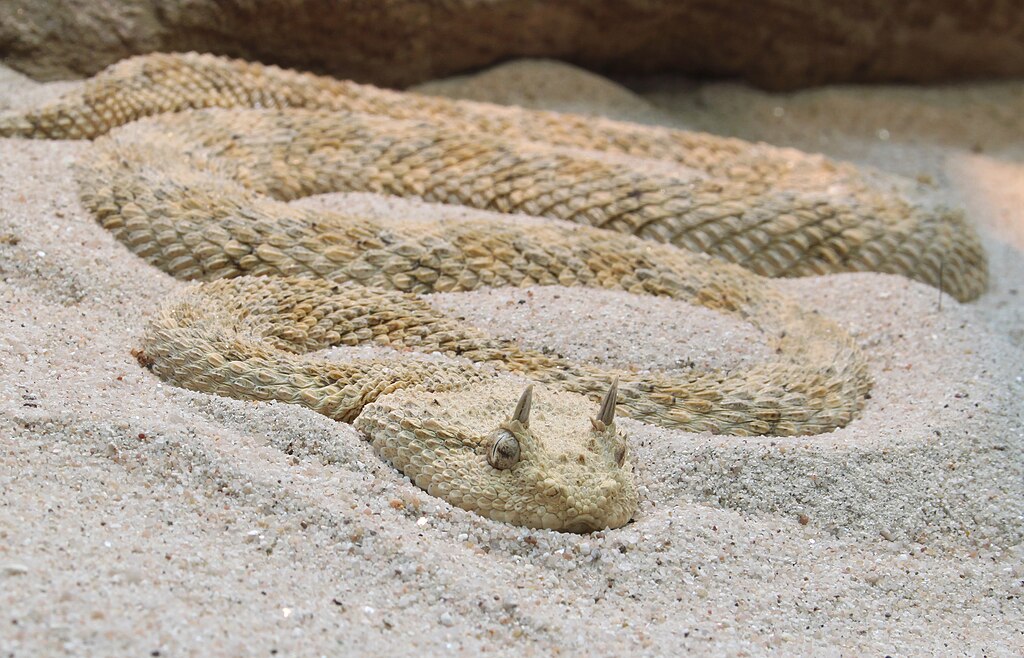
Adequate hydration directly influences a snake’s ability to produce sufficient gastric acids needed for efficient digestion. When properly hydrated, snakes can generate the highly acidic stomach environment—often reaching pH levels below 2.0—required to break down tough animal tissues including bone, scales, and fur. Dehydration, often resulting from low environmental humidity, forces the snake’s body to conserve water, potentially compromising the volume and concentration of digestive fluids produced. Research conducted on ball pythons demonstrated that specimens maintained at 70-80% humidity levels produced significantly more concentrated gastric acids compared to those kept at 40-50% humidity. This relationship becomes especially critical during digestion of large prey items, which may require sustained acid production for several days as the meal moves through the digestive tract.
Humidity and Prey Moisture Content

The moisture content of prey interacts with environmental humidity to influence the overall hydration balance during a snake’s digestive process. When consuming prey, snakes obtain a significant portion of their water intake from the meal itself, with most prey animals consisting of 60-70% water by weight. In low-humidity environments, however, this moisture can be insufficient to support the increased water demands of digestion, potentially leading to dehydration. Ecological studies have observed that many snake species will seek out microhabitats with higher humidity levels after feeding, suggesting an innate recognition of this requirement. For species like the emerald tree boa (Corallus caninus) that naturally inhabit high-humidity rainforest environments, maintaining proper enclosure humidity becomes especially crucial during the digestive period to supplement the moisture obtained from prey.
Temperature-Humidity Relationship in Digestion

The interplay between temperature and humidity creates a critical balance that directly impacts a snake’s digestive efficiency. Optimal digestion typically occurs within species-specific temperature ranges, but these thermal preferences work in conjunction with humidity requirements to create ideal metabolic conditions. Many species utilize a thermoregulation strategy called the “post-prandial thermophilic response,” where they seek warmer locations after feeding to accelerate digestion. However, these warmer microenvironments can accelerate moisture loss through evaporation, potentially leading to dehydration unless adequate humidity is maintained. Research on rat snakes (Pantherophis species) demonstrated that specimens provided with both optimal temperature gradients and species-appropriate humidity levels completed digestion up to 30% faster than those maintained at proper temperatures but suboptimal humidity. This relationship highlights why knowledgeable reptile keepers provide both thermal gradients and humidity gradients within enclosures.
Humidity’s Impact on Peristalsis
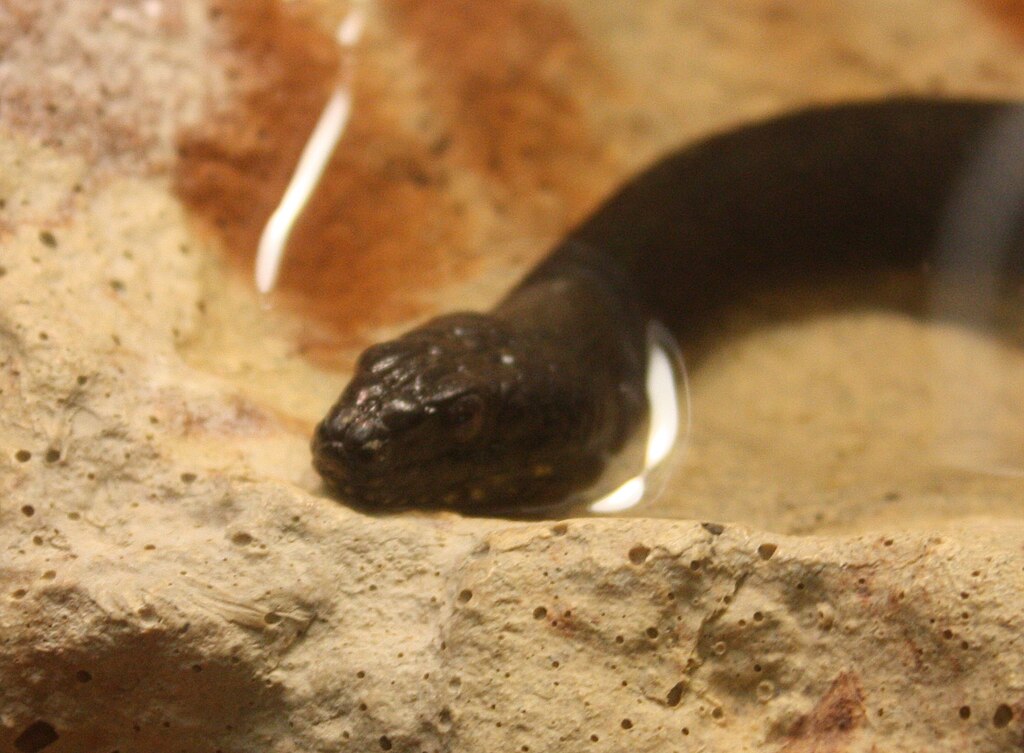
Peristalsis—the wave-like muscle contractions that move food through the digestive tract—functions more efficiently when a snake is properly hydrated. These rhythmic muscular movements require adequate hydration to maintain optimal tissue elasticity and contractile strength throughout the long digestive process. Dehydration resulting from insufficient humidity can reduce the effectiveness of these contractions, potentially slowing the passage of food through the digestive system. Veterinary observations have noted that snakes experiencing chronic low humidity often develop digestive slowdowns characterized by reduced peristaltic activity, sometimes resulting in food remaining in the stomach for abnormally extended periods. In severe cases of dehydration, peristalsis may become so compromised that food items begin to decompose before proper digestion occurs, creating dangerous conditions that can lead to regurgitation or bacterial infections within the digestive tract.
Moisture and Nutrient Absorption
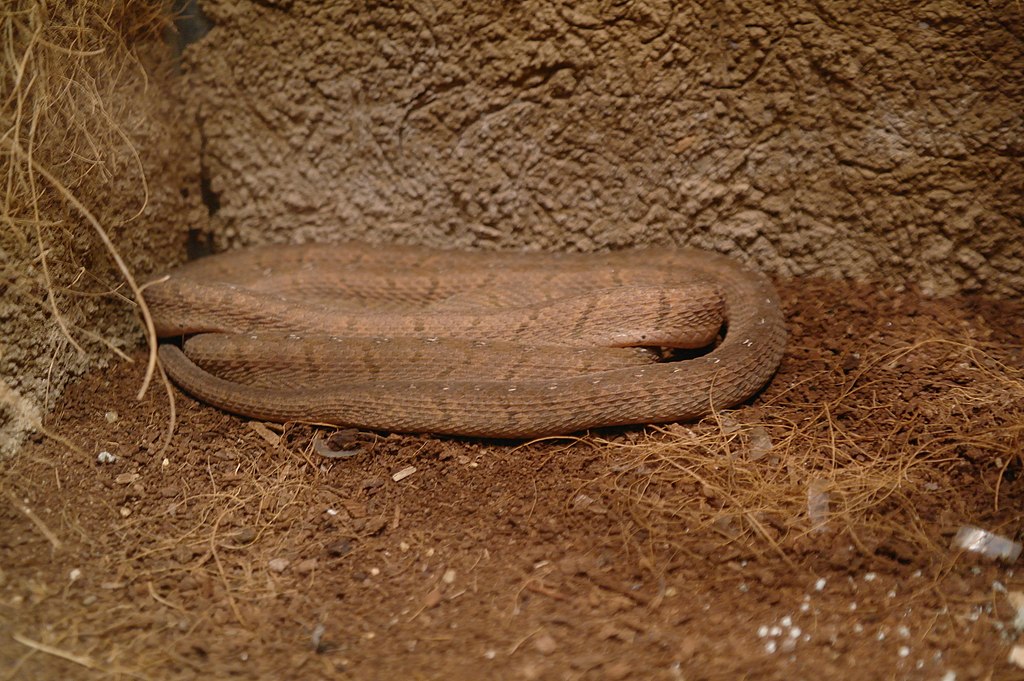
Proper hydration facilitated by appropriate humidity levels enhances a snake’s ability to extract and absorb nutrients from digested prey. The intestinal lining, where most nutrient absorption occurs, functions optimally when adequately moistened, allowing for efficient transfer of nutrients into the bloodstream. Studies examining the intestinal function of corn snakes (Pantherophis guttatus) demonstrated that specimens maintained at 60-70% humidity showed significantly higher nutrient absorption rates compared to identical specimens kept at 30-40% humidity. This improved absorption efficiency becomes particularly important for growing juveniles and reproductive females, which have heightened nutritional requirements. For many tropical species, the combination of higher metabolism and the need for efficient nutrient extraction makes proper humidity maintenance especially crucial during these physiologically demanding life stages.
Humidity’s Effects on Waste Elimination

The elimination of waste products represents the final stage of digestion, and this process is heavily influenced by environmental humidity levels. Proper hydration ensures waste materials maintain appropriate moisture content as they form and move through the cloaca—the common exit chamber for digestive, urinary, and reproductive systems in reptiles. Snakes kept in overly dry environments often produce abnormally hard, dry fecal matter that can be difficult to pass, sometimes resulting in constipation or impaction. Veterinary literature documents numerous cases where chronic low humidity has contributed to cloacal impactions requiring medical intervention. Conversely, proper humidity helps ensure waste materials remain pliable enough for normal elimination, completing the digestive cycle efficiently and preventing potentially dangerous blockages that could threaten a snake’s health.
Species-Specific Humidity Requirements
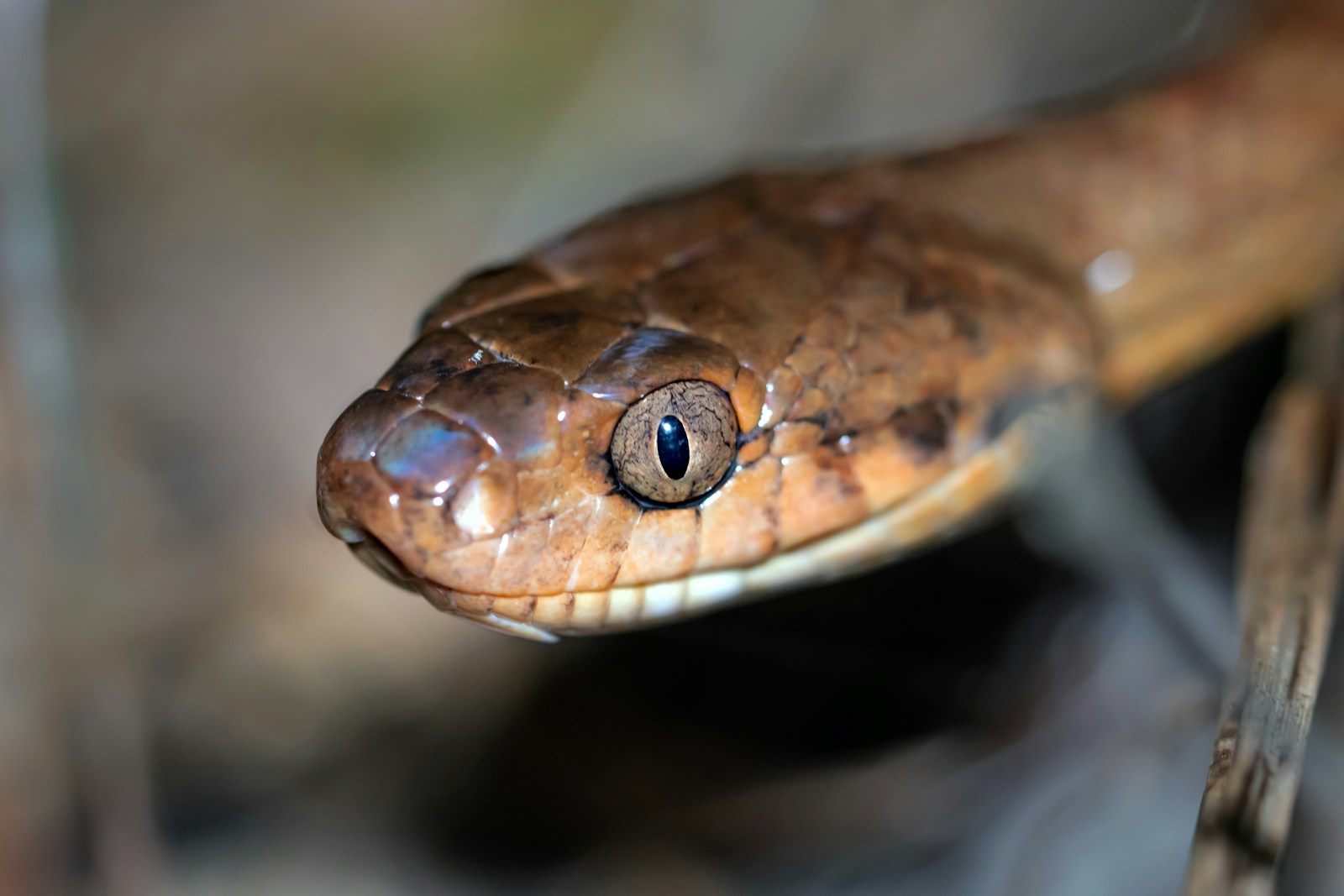
Humidity requirements for optimal digestion vary dramatically across snake species, reflecting their diverse evolutionary origins and natural habitats. Tropical species like rainbow boas (Epicrates cenchria) and Amazon tree boas (Corallus hortulanus) typically require ambient humidity levels between 70-90% to digest efficiently, mirroring the consistently moist environments of their rainforest habitats. In contrast, desert-adapted species such as sand boas (genus Eryx) and some rattlesnake species have evolved to function efficiently with ambient humidity as low as 30-40%, though they often utilize microhabitat selection to find more humid retreats when digesting. Semi-aquatic species like water snakes (genus Nerodia) maintain optimal digestion when provided with humidity gradients allowing them to regulate their exposure to moisture. Understanding these species-specific requirements becomes crucial for proper captive husbandry, as inappropriate humidity levels can lead to chronic digestive issues regardless of other care parameters.
Humidity Fluctuations and Digestive Timing
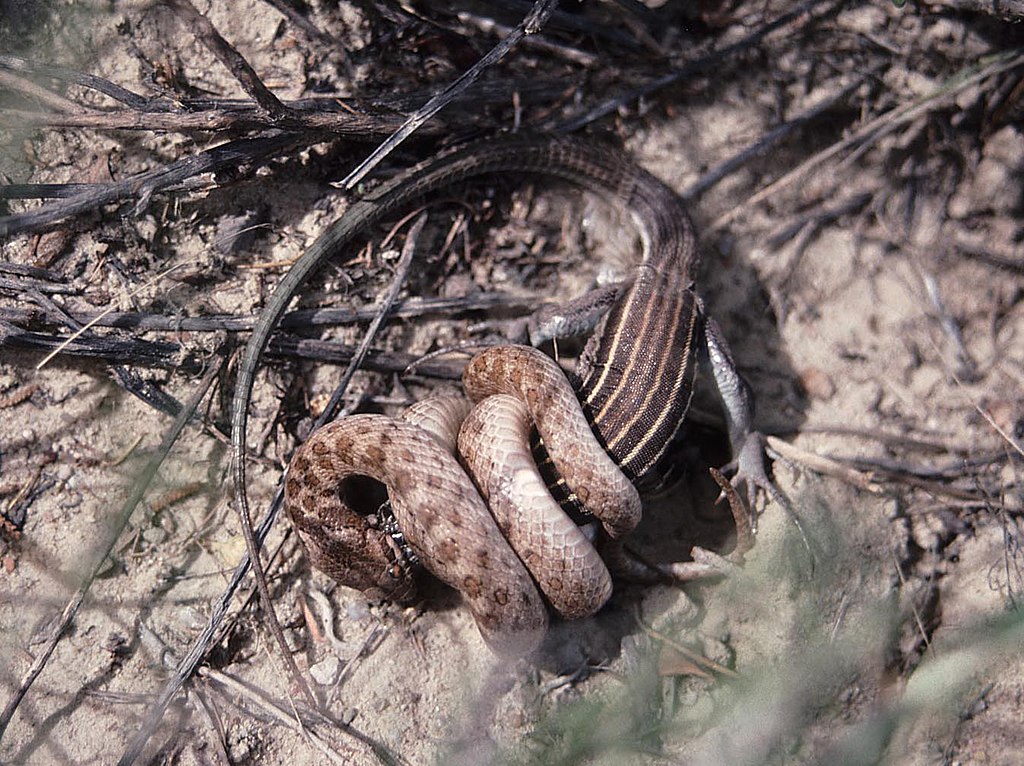
Natural humidity fluctuations in a snake’s environment can influence digestive timing and efficiency, creating evolutionary adaptations that optimize feeding behavior. Many species have evolved to align their feeding patterns with seasonal or daily humidity changes that create optimal conditions for digestion. Research in wild pythons has documented increased feeding activity following seasonal rains when humidity levels rise, suggesting an evolutionary connection between feeding behavior and environmental conditions favoring efficient digestion. This relationship appears particularly pronounced in species from regions with distinct wet and dry seasons, where feeding frequency often increases dramatically at the onset of rainy periods. In captivity, replicating these natural humidity cycles, rather than maintaining static conditions, may better support natural digestive processes for many species—a consideration that advanced reptile keepers increasingly incorporate into their husbandry practices.
Detecting and Addressing Humidity-Related Digestive Issues

Recognizing signs of humidity-related digestive problems requires careful observation of a snake’s behavior and physical condition. Common indicators include prolonged digestion times, regurgitation of partially digested prey, decreased feeding response, and abnormal waste elimination patterns such as constipation or overly dry feces. Physical symptoms may include visible dehydration signs like wrinkled skin, sunken eyes, or sticky mucus membranes. Addressing these issues typically involves gradually adjusting enclosure humidity to species-appropriate levels while ensuring proper hydration through methods such as providing larger water bowls, occasional misting, or creating humidity retreats within the enclosure. Severe cases may require veterinary intervention, including fluid therapy or assistance with eliminating impacted waste material. Prevention remains the best approach, with regular monitoring of both humidity levels and a snake’s overall condition allowing for early intervention before serious digestive complications develop.
Humidity Management in Captive Environments

Creating and maintaining appropriate humidity levels in captive snake enclosures requires thoughtful habitat design and regular monitoring. Effective strategies include selecting substrate materials that retain moisture without promoting bacterial growth, such as cypress mulch, coconut fiber, or sphagnum moss for humidity-loving species. Strategic placement of water bowls—larger bowls for higher humidity needs and positioning near heat sources to increase evaporation—can create natural humidity gradients within the enclosure. Advanced keepers often incorporate automated misting systems or foggers with hygrometers to maintain precise humidity levels, particularly for tropical species with stringent requirements. For species requiring lower humidity, proper ventilation becomes equally important to prevent excessive moisture accumulation that could lead to respiratory infections. The most successful approach often involves creating microclimate zones within the enclosure that allow the snake to self-regulate its exposure to moisture based on its physiological needs, including different requirements during digestion.
Future Research Directions
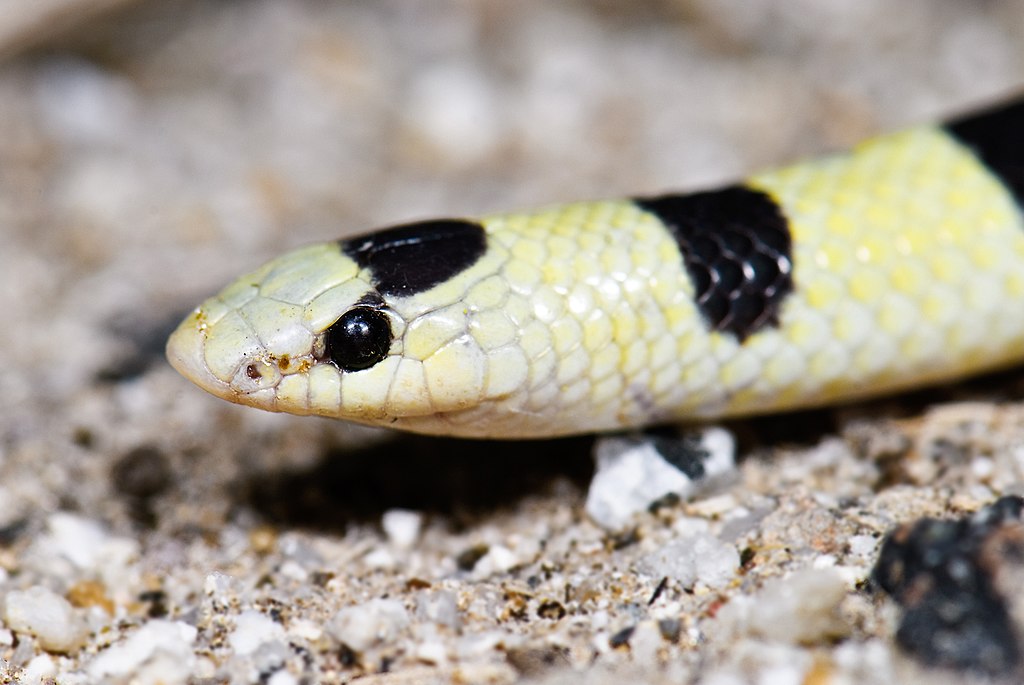
The relationship between humidity and snake digestion continues to present fascinating research opportunities within herpetology and comparative physiology. Emerging areas of investigation include examining how climate change-induced alterations in humidity patterns might impact wild snake populations’ feeding ecology and digestive efficiency. Researchers are increasingly utilizing advanced imaging technologies to observe digestive processes in real-time under varying humidity conditions, providing unprecedented insights into these internal mechanisms. Studies exploring the gut microbiome of snakes show promise in understanding how humidity levels might influence the microbial communities that assist in digestion, potentially revealing new dimensions to this relationship. Applied research in veterinary medicine continues to refine understanding of humidity-related digestive disorders, potentially leading to improved diagnostic and treatment protocols for captive specimens. As research methodologies advance, our understanding of this critical environmental factor in snake physiology will undoubtedly deepen.
Conclusion

The relationship between humidity and snake digestion highlights the remarkable ways these reptiles have adapted to their environments. From enzymatic activation to waste elimination, environmental moisture influences every stage of a snake’s digestive process. This connection demonstrates the delicate balance between a snake’s internal physiology and its external surroundings—a relationship that has evolved over millions of years. For snake keepers, understanding these requirements is essential for maintaining healthy specimens, while for biologists, it reveals the intricate evolutionary adaptations that allow these fascinating predators to thrive across diverse habitats. By appreciating how something as seemingly simple as air moisture can profoundly impact such complex biological processes, we gain greater insight into the remarkable adaptability of reptilian life.





